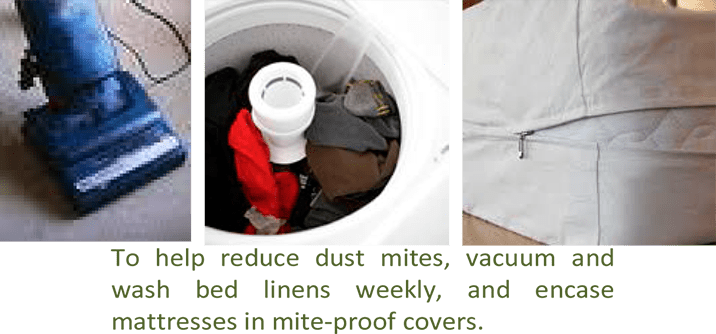Identification and Life Cycle
The Dust mite (Dermatophagoides spp.), are insect-like organisms that thrive in warm and humid environments. It is the most common cause of an allergy from house dust. Household insecticides are not effective on dust mites, but there are other ways to reduce exposure in the home.
The Dust Mite, due to its very miniscule size and translusent body, is not visible to the eye without magnification. They are close relatives of ticks and spiders. The adults have oval shaped bodies, eight hairy legs, no eyes, no antennae and a mouthpart group in front of the body. The females lay cream-colored eggs coated with a sticky substance to cling onto surfaces. She can lay up to 40 to 80 eggs singly or in groups of 3 to 5.
It has four stages; egg, larva, nymph and adult. A dust mite molts between life stages, and sheds their outer skin. The life cycle from egg to an adult is 1 month, and once an adult, it can live an additional 1 to 3 months.




Comments are closed.